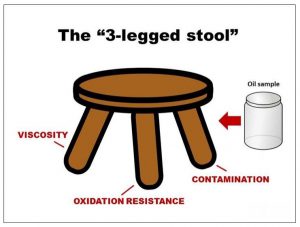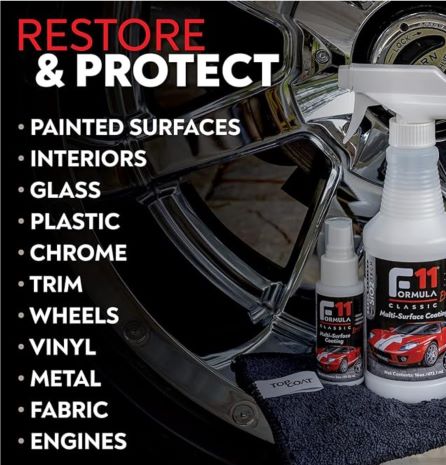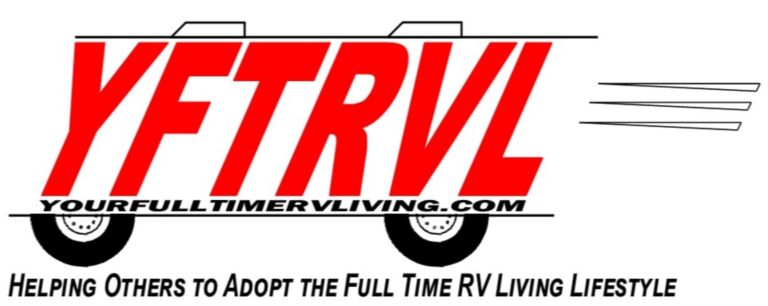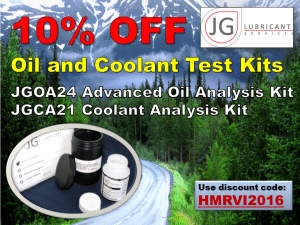Engine Oil Analysis
What do I mean by engine oil analysis? It is the process of removing a small sample of the engine oil and sending it to a lab for a very comprehensive analysis of the oil. It is not an invasive procedure; however, due to complications that can occur in the fluid draw process, it is best left to a certified NRVIA RV inspector when doing a pre-purchase evaluation.
The certified RV inspector can advise on the process, perform the analysis, and clarify the results once the sample is analyzed.
So, what can fluid analysis tell you about the RV you want to purchase?
Motorized RV’s have an engine, transmission, and a generator. Each component is expensive if repairs or replacements are needed after the sale. You want to know about the condition of these components before purchase! High-end class A RV’s have generators that have cooling systems because they are generating the equivalent of up to 100 amps to provide for the needs of the RV.
In our RV inspection business, we see a trend in that most RV owners with these types of generators seem to ignore the coolant system. We find low coolant levels and outdated coolant. Results from the lab have indicated a variety of issues needing attention. Shrewd RV buyers address these issues before taking possession of the RV.
In all, there are three types of oil being used in the RV and up to two different types of coolant protecting the motorized components. Should you follow the manufacturer’s recommendations about fluid interval changes? Are they too conservative, or could the service intervals be extended? How do you know based on how you will use the RV?
What can fluid analysis do for you once you buy your RV, whether it is motorized or for the vehicle pulling a towable RV? Engine oil analysis and coolant analysis can:
- Reduce maintenance costs
- Extend the time between oil, transmission, and coolant changes
- Extend the engine life
- Identify problems before they create a breakdown
- Increase resale value
- Minimize warranty risks
- Reduce downtime while traveling
Our most recent experience with an RV inspection client proved that without engine oil and other fluids analysis, the client would have purchased a money pit. The oil and coolant analysis reports from the lab were concerning enough that the client walked away from the purchase.
Had they bought the class A RV, they would have had to sink a lot of extra money into it based on the lab reports on both the engine oil analysis and the coolant analysis results. That, plus the other issues that we identified in the RV inspection process, saved our client from what could have been a bad buying decision.
Everything identified could have been repaired, but our client chose not to go that route. They were not interested in buying a hobby!
Be sure to do an Engine Oil Analysis for an RV on the Ford E450 Chassis!
Pam and I purchased our current full time RV home in February 2015. At that time, it had 17,000 miles, and records indicated meticulous service intervals. We are now at around 32,000 miles. Just a few months ago, with 5,000 miles on the engine oil, I pulled a sample of the engine oil, the engine coolant, and the transmission oil.
Here are the results that I received back from the lab:
Needless to say, for a vehicle that is a 2013 Ford E450 chassis with the V10 Triton engine, I was a little horrified! I had an abnormal rating on the coolant and a critical rating on the engine oil.
Because Pam and I have been on the road a fair bit, I put off sampling my RV, thinking that given its lower mileage, everything should be okay. It’s kind of like the doctor not going to the doctor.
After receiving the engine oil analysis, I scheduled an oil change at a Ford dealership as we passed through Pensacola, Florida. I advised the service technician of the results from the lab with the engine oil that had a service interval of 4,884 miles.
The Ford dealerships recommend the 5w-20 Motorcraft product in these vehicles. That is what I have been using. After speaking with the service technician, he recommended switching to a Mobile One synthetic blend, given how I use my RV.
Given the results of the engine coolant, I also had the dealership flush the system and replace the coolant.
Finally, on the transmission oil, I received this feedback from the lab:
The report did not indicate a need for the fluid to be changed, but the “2” rating was of concern. I checked with the owner of JG Lubricant Services, Tom Johnson, who is the NRVIA’s exclusive provider for fluid sampling, and he gave me these thoughts on the results listed above:
Your analysis came back good, and there’s no need for maintenance now. So, don’t change the fluid, and never add or introduce any aftermarket supplementary products to the fluid. These products are “fully formulated” to have all the properties they need to work properly. Changes in viscosity, oxidation resistance, and contamination determine fluid life. My recommendation is to check the ATF (automatic transmission fluid) again at either twelve months or six months if you’d feel a little more comfortable doing the more frequent six-month check to monitor the fluid properties and contaminants.
Viscosity – The product data sheet shows that the product should have a 100C viscosity of 6.0 cSt, and your 100C viscosity measured 5.9 cSt. So, it’s not degraded from a viscosity standpoint. If the viscosity were too low, the transmission wear metals would reflect that, and the iron, copper, lead, aluminum, and tin would be expected to be higher than they currently measure.
Oxidation – The oxidation resistance (oxidation state) of your fluid is good. Oxidation resistance (resistance to thermal stresses) in ATF (Automatic Transmission Fluids) is typically very good and not the determining factor in ATF fluid life. Oxidation resistance is measured by the TAN (Total Acid Number) result. It’s not considered critical until it reaches around 1.5 or 2.0. So, in your case, the fluid has not seen excessive heat. This is all very typical of modern-day ATFs.
Contamination – The other thing we check for is contamination. And your fluid checked out well. We would normally be concerned if sodium and/or potassium were elevated because that would indicate engine coolant bleeding into the transmission cooling circuit. Coolant in transmission fluid acts as a solvent that can attack the adhesive (bonding material) that holds the friction “cookie” to the steel clutch plates. We also would be concerned to see excessive water (more than 0.1% or around 1000 ppm). Yours measures < 0.1%, so there’s no water, which is typical.
Tom uses the analogy of the three-legged stool to visualize the importance of viscosity, oxidation, and contamination when evaluating engine oils. If one of the three legs is weak, the stool will fall. Same with fluid analysis and viscosity measurements, oxidation, and contamination. If any of them is out of range, then the fluid needs to be replaced.
So, for my Ford E450 RV chassis, the oil and coolant failed and were replaced, and the transmission fluid will be monitored on a six-month basis to see what future results reveal.
Test the Engine Oil Before You Buy that RV!
Can you see the importance of fluid analysis when purchasing a motorized RV? How about testing the fluids on a used truck before purchasing it to tow a towable RV?
When it comes to a pre-purchase evaluation, the owner of the RV, whether a dealership or an individual, will want an insured professional to perform this service, someone like an NRVIA-certified RV inspector.













Recent Comments